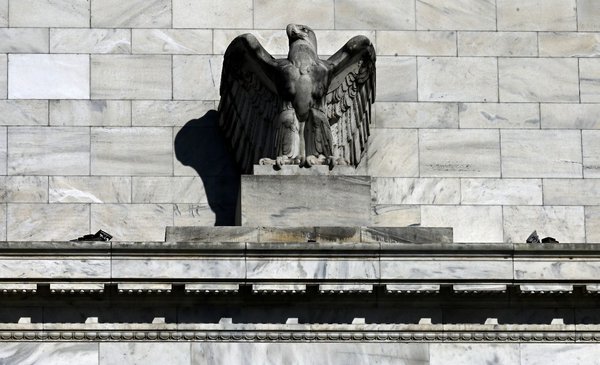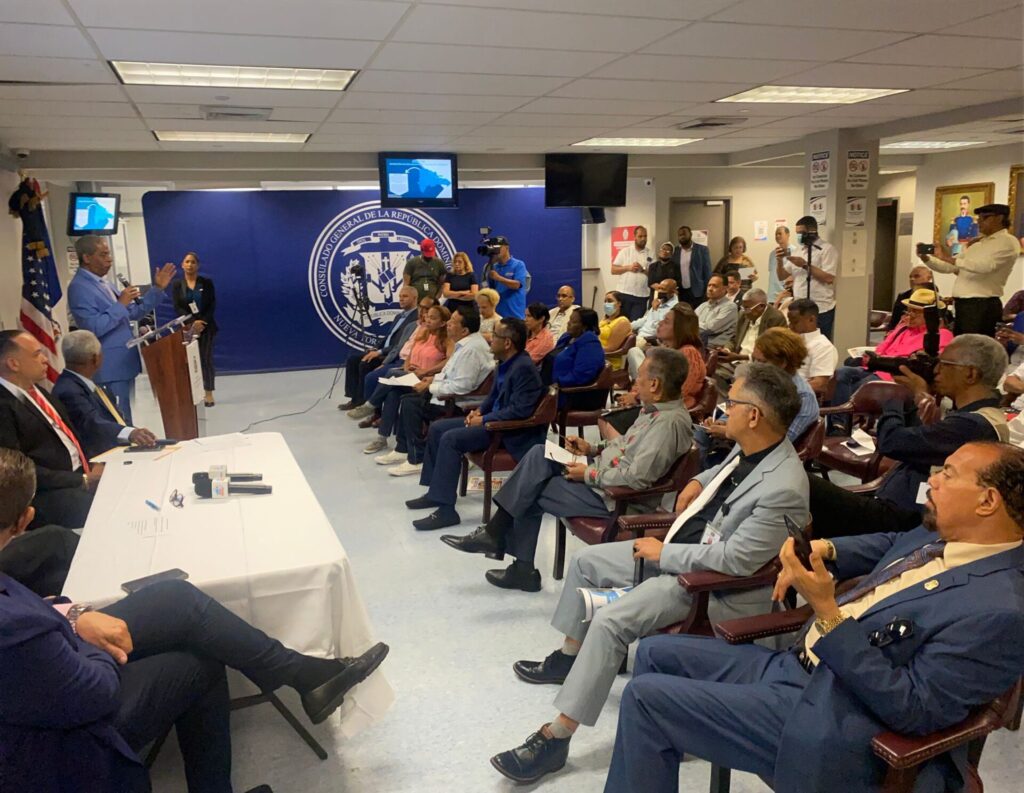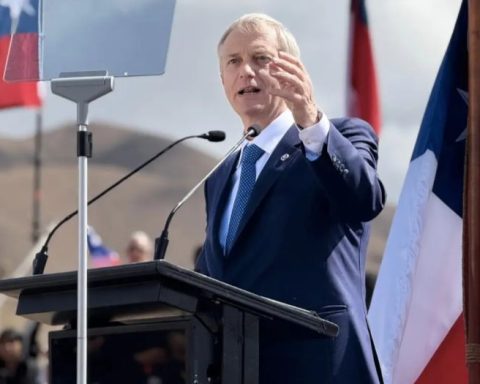Following the evolution of global financial markets is usually the task of specialists in the field. However, as the life of all of us is inexorably affected by these, it is convenient that the common citizen has some ideas of how he should be informed about it. Where to start? What are the latest news? If we had to choose topics that normally set the course for financial markets, central banks (from the US, Europe and Japan), earnings reports, publicly traded firms and China would undoubtedly occupy the podium. In this article we are going to focus on the latest developments in monetary policy, with an emphasis on the United States.
Eight scheduled meetings of the FOMC or Federal Open Market Committee, the most powerful central bank in the world, are usually held annually. Its last meeting took place last week, where it decided to raise the reference rate, that is, the price of money, to the range of 2.25-2.5%. Beyond the decision itself, what generates movements in the markets is the variation between the announcement and what the market itself anticipates. Another factor that is closely followed, and that also tends to mobilize the markets, is the subsequent press conference offered by the Federal Reserve through its President. On this occasion, the announced decision was in line with general expectations, beyond having represented a significant rise in the rate and the occurrence of a fact that had not been observed since the early 1980s, that the Fed implement consecutive hikes of 75 sc Like four decades ago, the objective pursued with the increases is to combat high inflation, at levels of 9.1% according to the latest record.
At the conclusion of each meeting, the Fed publishes a statement with the summary of the main points regarding the monetary policy decision, then the aforementioned press conference is held, which includes questions from the press and after three weeks, the minutes are known, which represent a record of the topics of debate, opinions of the members, measures to be taken and expectations for the future, among other topics
Let’s start by analyzing the statement. This indicates that spending and production have weakened in recent months, notwithstanding which, the level of job creation remains high, while the unemployment rate remains at a minimum (3.6%). They also point out that high inflation reflects supply and demand imbalances, increases in commodity prices and broader price pressures. Lastly, he referred to the conflict between Russia and Ukraine and its consequences on the global economy.
During the conference, Jerome Powell, president of the Federal Reserve, alluded to the tightening of the labor market and the high level of inflation. Regarding the latter, he highlighted that it persists at a high level despite the recent reduction in the prices of commodities. He stressed that they are waiting for strong signs of lower inflation and that the next increases will depend on the data: “While another unusually large hike (75 bps) might be appropriate at our next meeting, that is a data-driven decision.” said . Read goodbye to forward guidance (monetary policy tool where the central bank provides a guide, a future orientation on what its monetary policy is going to be.
Likewise, it is not ruled out that the pace of rate hikes will decrease, since “at some point it will be appropriate to slow down”it is clear that the Fed authorities assume that the neutral rate (the one that does not have expansionary or contractionary effects on economic activity) is close, while closely following the impact of interest rate hikes on the real economy, which It has obviously slowed down in recent times (the United States has already had two consecutive quarters of GDP contraction, which configures a technical recession).
Powell also pointed out that the impact of the tightening of financial conditions has not yet been fully incorporated, that is, with higher rates it is more difficult to access new loans, which leads families to consume less, companies to invest less and the volume of aggregate demand and with it production and employment.
The president of the Fed understands that the monetary tightening will reach a restrictive zone by the end of the year, with interest rates in a range of 3-3.5%, and he does not see major inconveniences in reaching that level since he rules out that the United States is in recession, despite the GDP data referred to above. However, he believes that the US economy will have to go through a period of growth below its potential to channel inflation to the target range, which is why he suggests that the path to soft landing, raise rates without a crisis in between, remains open, although it has become a more challenging target. Regarding the Fed’s balance sheet, he declared that it continues to shrink, that is to say selling assets and that it will probably take between two and three years to reach a balance level. As color data, today said balance is around 9 billion dollars, if you read correctly, a nine followed by twelve zeros.
The stock market closely follows the outcome of these meetings and the different actors act accordingly through the purchase or sale of financial assets, depending on what the monetary authority says or what it does not say and, above all, the interpretation that do on them. Some have gone further, like when Alan Greenspan was Fed chairman, and traders, financial TV networks, and news outlets were talking about the “Greenspan’s Briefcase”. There was a curious theory that if the chairman of the Federal Reserve was going to raise rates, he would need a number of statistical documents to justify it, so if he had a full briefcase, this indicated a rate hike, while if he was light on luggage, the market had nothing to worry about.
How did the market read Powell’s communication? Overall, the message sounded reasonably dovish, that is, pro flexible monetary policy, or at least that is how the market interpreted it. The key to this is that if the Fed admits that its monetary policy is already affecting the level of activity, and that in fact it has not yet seen the full effect of monetary tightening, it is implicitly implying that it may not ultimately need to toughen its policy as much as might have been previously speculated.
However, the market can be wrong. Some of us believe that Powell’s refusal to acknowledge a recession, coupled with continued references to the strength of the labor market, open the door to a more hawkish, ie pro restrictive monetary policy for longer. It is clear that the line that separates the soft landing of a recession is very thin and the world’s central banks are at risk of over tightening or tightening.
After all, the situation is unprecedented and you have to go back four decades in time to find something similar to the current circumstances. At the same time, the amount of “conflicting” data central bankers receive regarding the state of the real economy further complicates decision-making. In any case, the market celebrated Powell’s moderation, that day the Nasdaq rose more than 4%, the S&P 500 almost 3% and in terms of yields in July Wall Street had its best month so far this year.


















